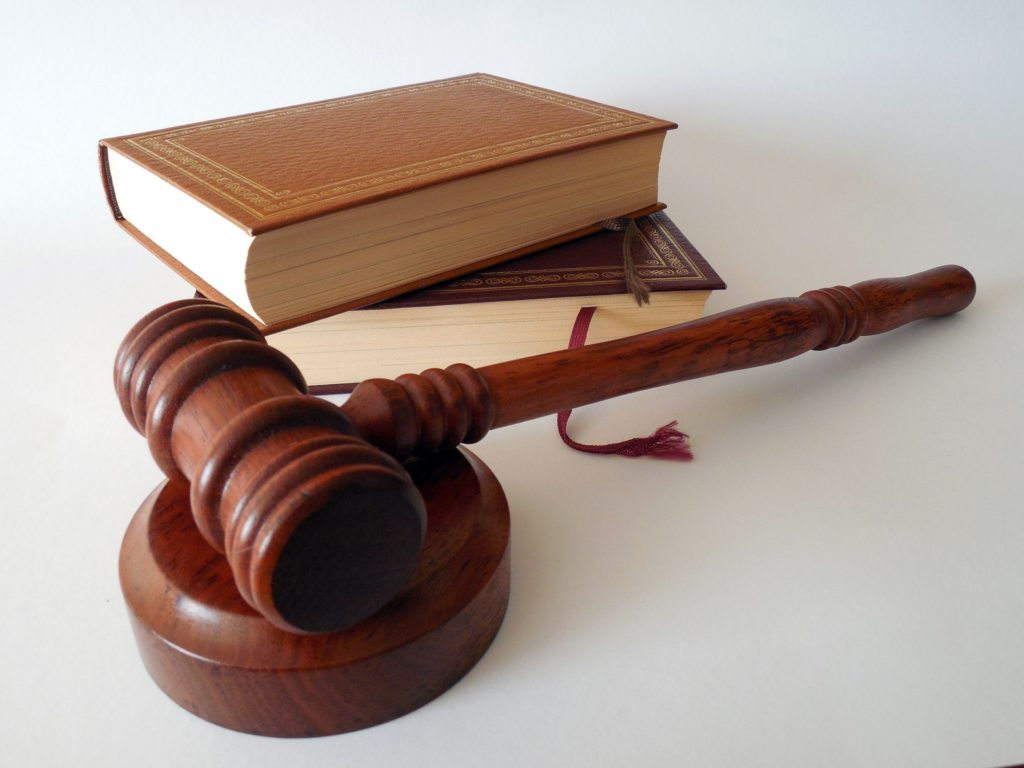In the book, The Negro Pilgrimage In America, the author C. L. Lincoln wrote “The Black person’s place in society became a matter of law in every Southern state during the 1890’s. The long legal history of racial discrimination and segregation in the United States antedates the Civil War.”
Lincoln wrote that slavery has been justified in the South on theological and sociological grounds. Segregationists believed that Black people were inferior. As a result, segregation was developed by white America as a means of insuring social, political, and economic distance between the races. It was necessary to keep Black people subservient, poor, and uneducated. At the same time, Black labor was necessary to restore the South’s economy.
Segregation made poor white people feel superior. This self-awarded social certification flaunted the “white supremacy” code because it artificially raised their position in society. Almost every Southern institution was committed to white supremacy doctrine. The Ku Klux Klan (KKK) was the most notorious white supremacist group. It was organized in Pulaski, Tennessee in 1865 by Confederate General, Nathan B. Forrest. It began as a social club and was composed of lower class white people. They became the self-appointed preserver of “ the Southern way of life.” The KKK thrived on violence and murder. Congress eventually enacted a series of “Force Laws” aimed directly at the Klan but the organization continued to operate and function openly. One of their goals was to reduce the Black vote and restoring control of Southern governments to white people.
Most people are aware of the Plessy v. Ferguson case of 1896. Few people are aware of Roberts v. City of Boston. This was one of the earliest trails involving legal segregation and it occurred in the North. In the year 1849, a Black girl tried to enter an all-white school in Boston. A local ordinance provided for the segregation of the races. Boston lawyer, Charles Sumner, argued for the plaintiff. In his argument, he pointed out that in the Massachusetts constitution; all people were created equal and entitled to equal protection of the laws. The segregation of schools violated the principle of equal protection and deprived Black people of their rights as defined in the state constitution.
The Massachusetts Supreme Court ruled in favor of the City of Boston. The court ruled that segregation did not constitute discrimination, and if caste distinction is created or increased by segregated schools, it “is not created in law and probably cannot be changed by law.”
Six years later, the Massachusetts legislature passed a law prohibiting segregation in public schools. This was too late, the damage had been done. Roberts v. City of Boston was established as a legal precedent. Following the Civil War, state enforced segregation received court approval in New York, Ohio, Missouri, California and other states outside the South.
Southern politicians removed federal protections for the rights of Black people in the South. They placed responsibility for enforcing the Fourteenth and Fifteenth Amendments on the states. The Supreme Court endorsed racial segregation and Southern Black people were bound to racist Jim Crow laws. By the mid 1890’s it was clear that Reconstruction’s promise of real freedom was coming to an end. In 1896, the United States Supreme Court endorsed the Jim Crow system.
The 1896 case of Plessy v. Ferguson was the first racial-segregation case decided by the United States Supreme Court. Homer Plessy was seven eights white and one eight Black. He argued that a Louisiana statue requiring segregation on trains within the state violated rights given to him by the Thirteenth and Fourteenth Amendments to the Constitution. He argued that if physical distinctions such as skin color could be used as a basis for segregation, then hair color could also be considered. The court concluded that separating races of people was constitutional, as long as each race was provided facilities of equal quality. This ruling established the “separate but equal” doctrine. Combined with the economic dependency of Black sharecroppers and denial of voting rights, this ruling prevented many Black people to have opportunities. The South could not reinstate slavery but it did re-create many ways the slave system could be preserved.
In the Supreme Court ruling, the earlier case of Roberts v. City of Boston was cited.
Francie Mae, July 17, 2021
References
C. Eric Lincoln. November 1967. The Negro Pilgrimage In America. Bantam Pathfinder Books.
James Oliver Horton and Lois E. Horton. 2005. Slavery And The Making of America. Oxford University Press, Inc. New York.
